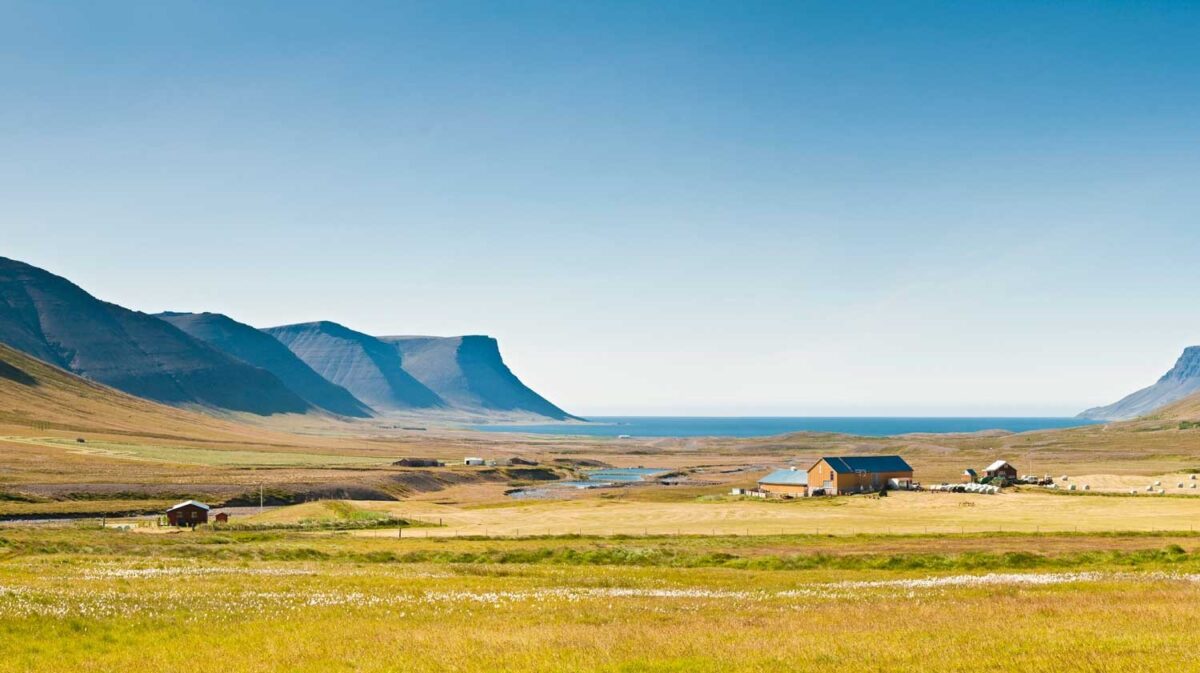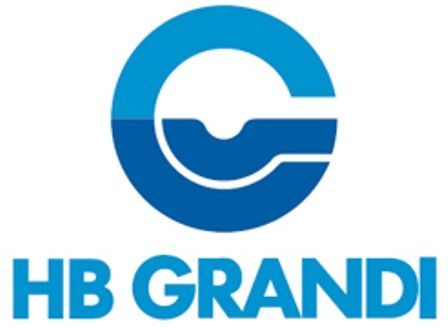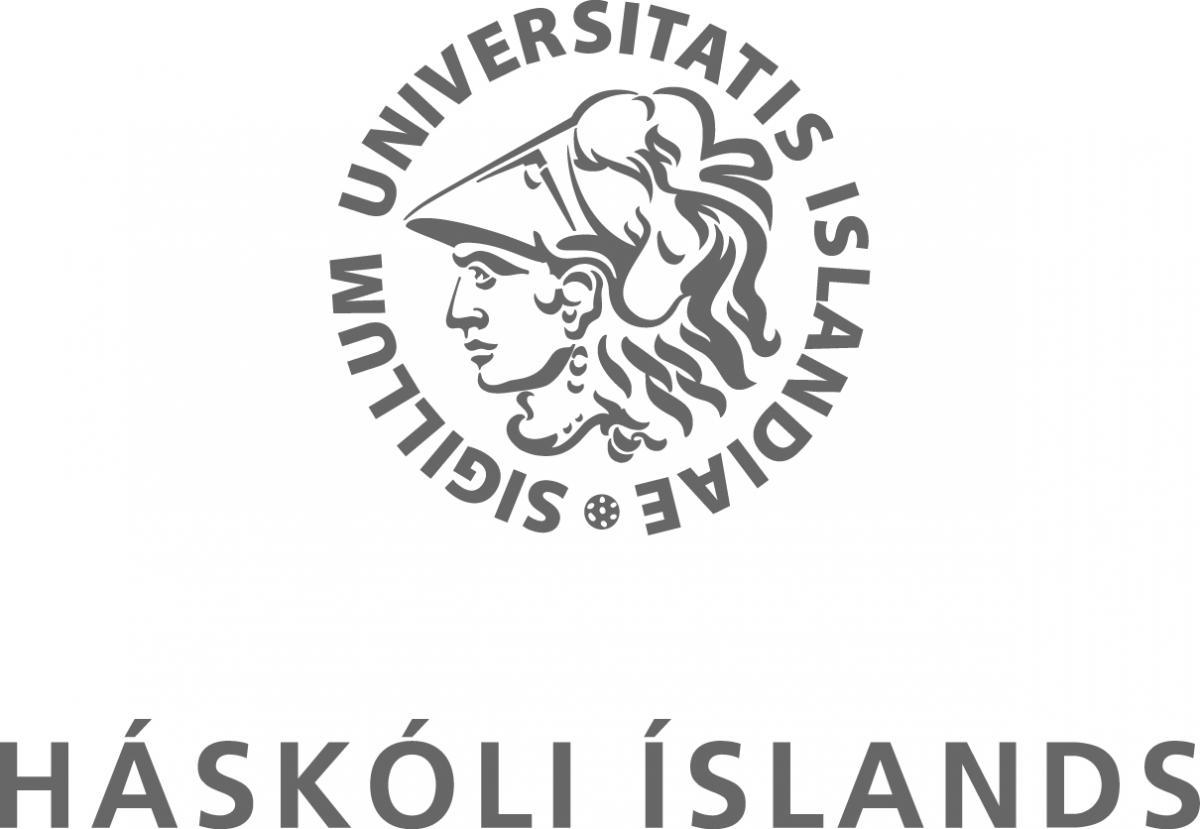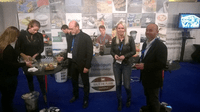Varsha Ajaykumar Kale will defend her doctoral dissertation in pharmacology on Monday 3 November. The ceremony takes place in the Celebration Hall of the University of Iceland and starts at 13.00.
The thesis is entitled: "Bioactive sulphated polysaccharides from the sea edema Cucumaria frondosa and enzymes that convert such biomaterials.“ – „Bioactive sulfated polysaccharides from the sea cucumber Cucumaria frondosa and enzymes active on this class of biomolecules. "
Opponents are dr. Ágústa Guðmundsdóttir, professor at the Faculty of Food and Nutrition, University of Iceland, and dr. Maher Abou Hachem, Associate Professor at the Technical University of Denmark (DTU).
Supervisors in the project were dr. Sesselja Ómarsdóttir, Professor at the Faculty of Pharmacy, University of Iceland, dr. Guðmundur Óli Hreggviðsson, Director of Matís and Professor at the Faculty of Life and Environmental Sciences, University of Iceland, and dr. Ólafur H. Friðjónsson, project manager at Matís. In addition to them, the doctoral committee included dr. Elín Soffía Ólafsdóttir, professor at the Faculty of Pharmacy, University of Iceland, and dr. Jóna Freysdóttir, professor at the same department.
Dr. Már Másson, Dean of the Faculty of Pharmacy, University of Iceland, will chair the ceremony.
Abstract
In Asia, there is a long tradition of consuming sea urchins and they are also used in folk medicine. A variety of bioactivity of sea urchin polysaccharides has been described. In this project, polysaccharides were isolated from the flesh of the sea urchin Cucumaria frondosa. The sulfated polysaccharides were divided into three components, FCF-1, FCF-2 and FCF-3. The components all contained different polysaccharides both in terms of molecular weight and chemical composition. Analysis of the molecular structure of the sulphated polysaccharide in the highest component of FCF-3 showed that it was fucosylated chondroitin sulphate (FuCS). Immunogenic, antioxidant and glucose-cleaving effects of polysaccharides were screened in vitro. Mitochondrial cells matured in the presence of the polysaccharide FCF-1 secreted significantly less of all measured messengers. Coexistence of angiocytes matured in the presence of FCF-1 and allogeneic CD4-positive T cells showed that angiocytes promoted Th17 cell differentiation by increasing their IL-17 secretion. In vitro studies showed that the FCF-3 polysaccharide had some antioxidant effect and a strong suppressive effect on α-glucosidase activity, but less suppressive effect on α-amylase activity compared to acarbose sugar used as a positive control. Bacteria contain a variety of biocatalysts that break down and convert polysaccharides. Such bacteria were isolated after in situ enrichment on the shore and the shoreline on a diet containing chondroitin sulfate from shark and sea urchin cartilage. The genomes of several bacteria isolated after enrichment of chondroitin sulphate medium were sequenced and the genes of numerous glucose-cleaving enzymes were identified. Three types of enzymes were produced in E. coli by genetic engineering, viz. chondroitin lysase and sulphatase from Arthrobacter strain and two recently described α-L fucosidases from the bacterium Litorilinea aerolinea. The properties and activity of the enzymes on natural substrates were evaluated. Together, the fucosidase, sulphatase and chondroitin lyase could degrade fucosylated chondroitin sulphate from the C. frondosa sea ore.


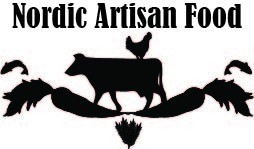

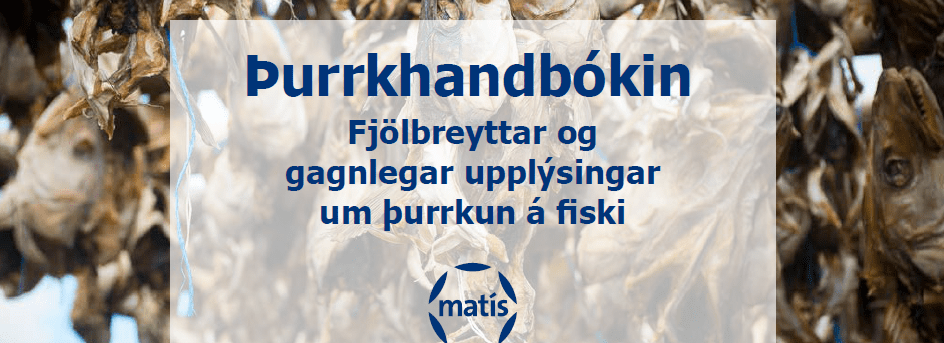
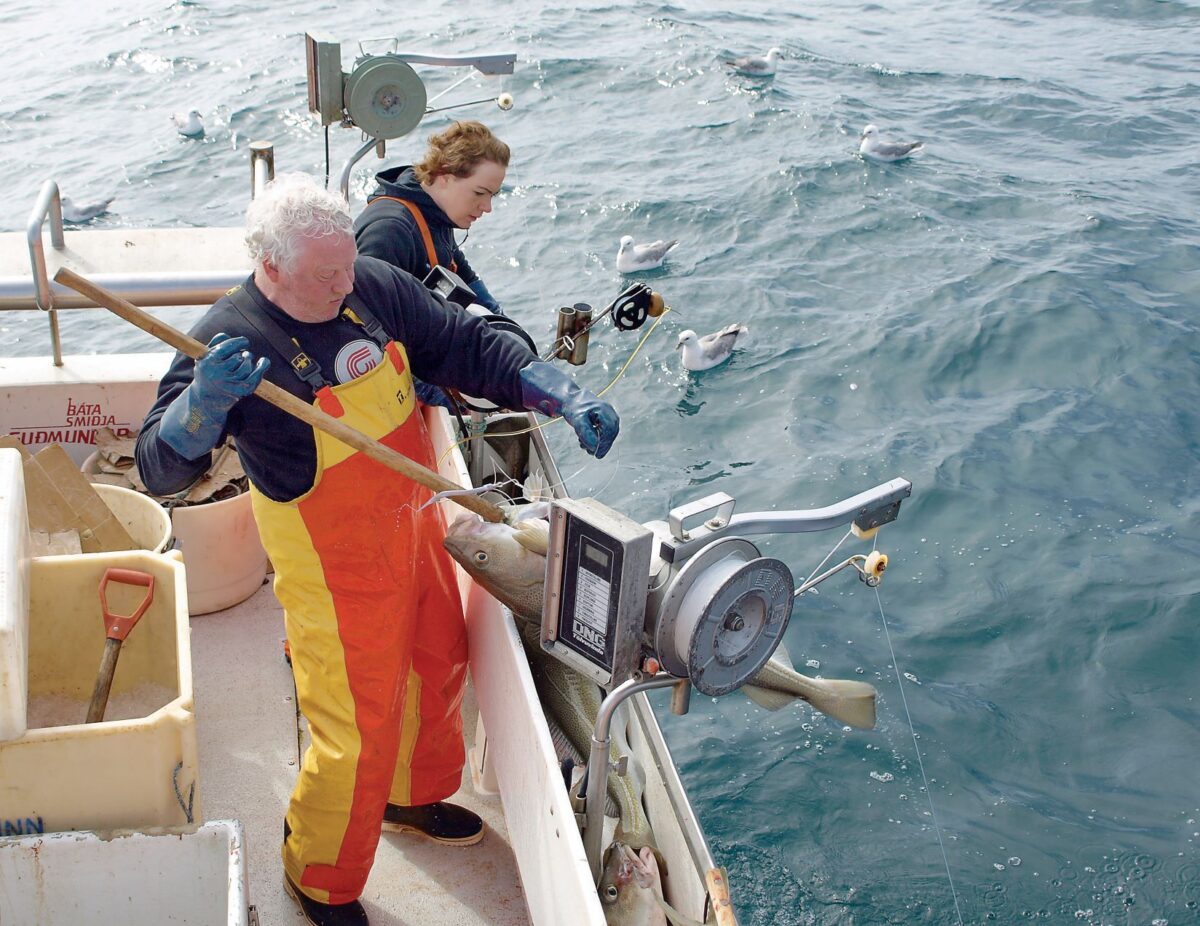
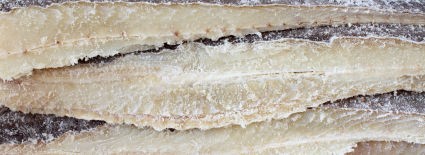
 Figure 1. Flat salted fish
Figure 1. Flat salted fish  Figure 2. NMR measurement equipment
Figure 2. NMR measurement equipment Figure 3. Cross section with NMR
Figure 3. Cross section with NMR